Australia is an incredibly beautiful and wonderful country with many of the most livable cities in the world. However, do you know about the oldest cities here? Here are the 6 oldest cities and towns in Australia, and let’s find out about their interesting formation.
George Town, Tasmania
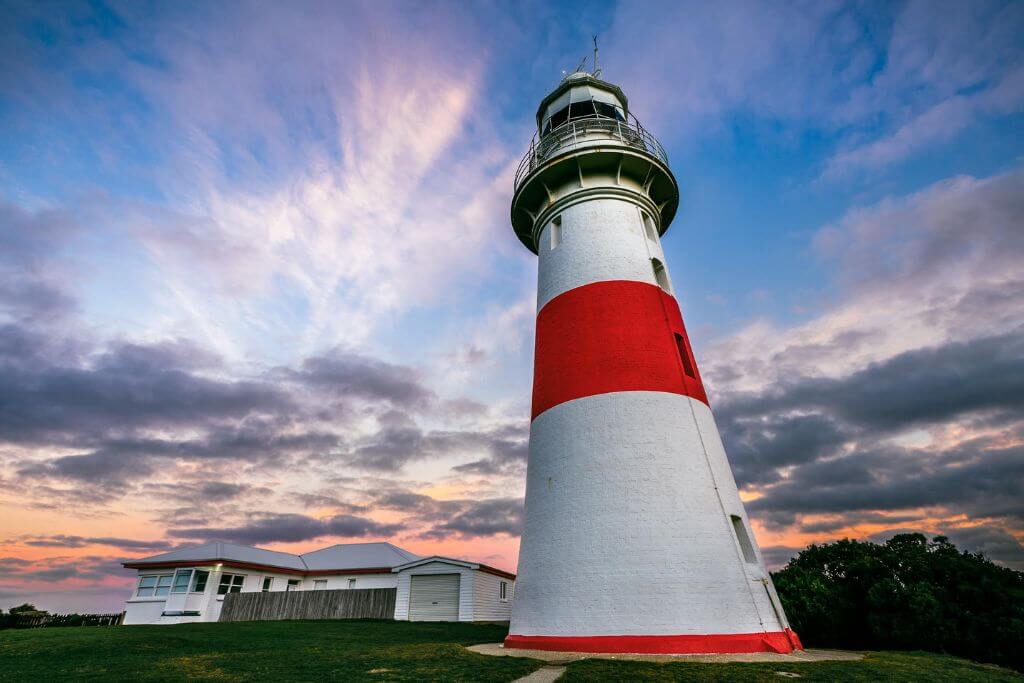
When Bass and Flinders entered the Tamar River in 1798 while around Tasmania, it was the first time the river had been observed. Outer Cove was the name of the location that would become George Town in Tasmania, and Port Dalrymple was the name of the estuary river. William Collins oversaw an 18-day river excursion in January 1804, intending to identify the ideal location for a town. Outer Cove’s settlement was formed in November 1804 when Colonel William Paterson brought four ships carrying 181 people, convicts, soldiers, and one free settler, aboard.
Later, the primary population center relocated to the west arm of the river before moving 50 kilometers south to Launceston. During his tour of Tasmania in 1811, Governor-In-Chief Lachlan Macquarie relocated the settlement to Outer Cove and gave it the name George Town in honor of King George III. People in the area were unwilling to move. Thus, the construction of George Town in Tasmania didn’t get going until 1819. The George Town region has been continually inhabited since 1804, making it one of the earliest European colonies in Australia due to the necessity of maintaining a defendable position at the river’s mouth, regardless of the theoretical main colony location.
Hobart
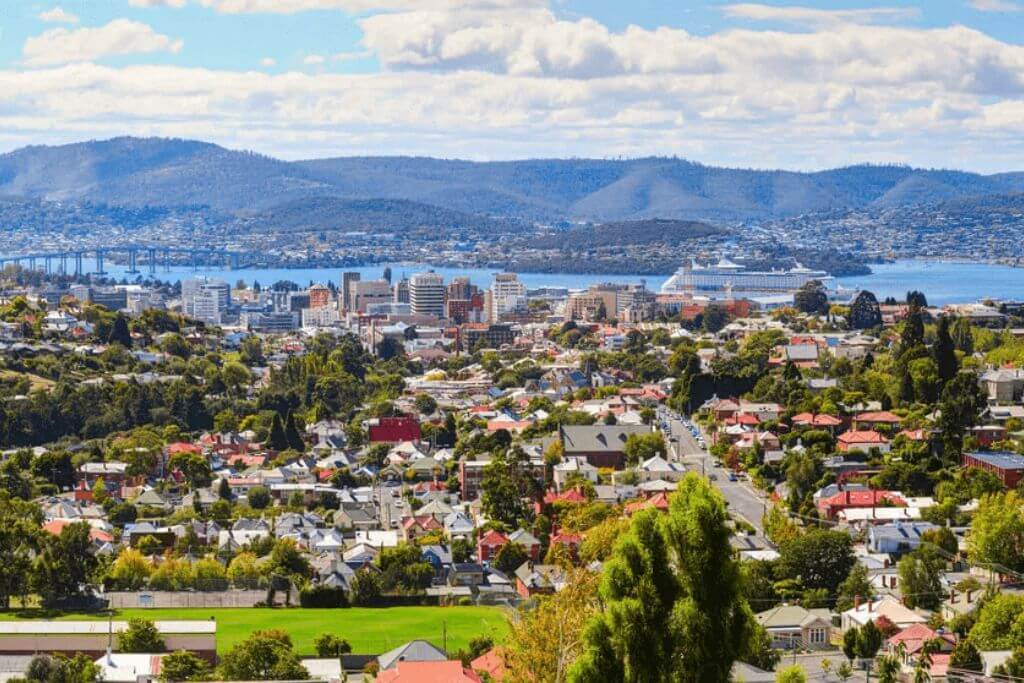
It is Australia’s second-oldest capital city after Sydney and was established in 1804 as a British penal colony. Whaling swiftly became a significant local industry, and Hobart briefly served as the main whaling port for the Southern Ocean. After the abolition of penal transportation in the 1850s, the city went through phases of expansion and contraction.
A surge in immigration offset the loss of men who participated in the two wars. The early 20th century experienced an economic boom supported by mining, agriculture, and other primary industries. Hobart has the largest percentage of citizens who were born in Australia among Australia’s capital cities, and its population continues to be primarily Anglo-Celtic despite an increase in migration from Asia and other non-English speaking regions.
Windsor, NSW
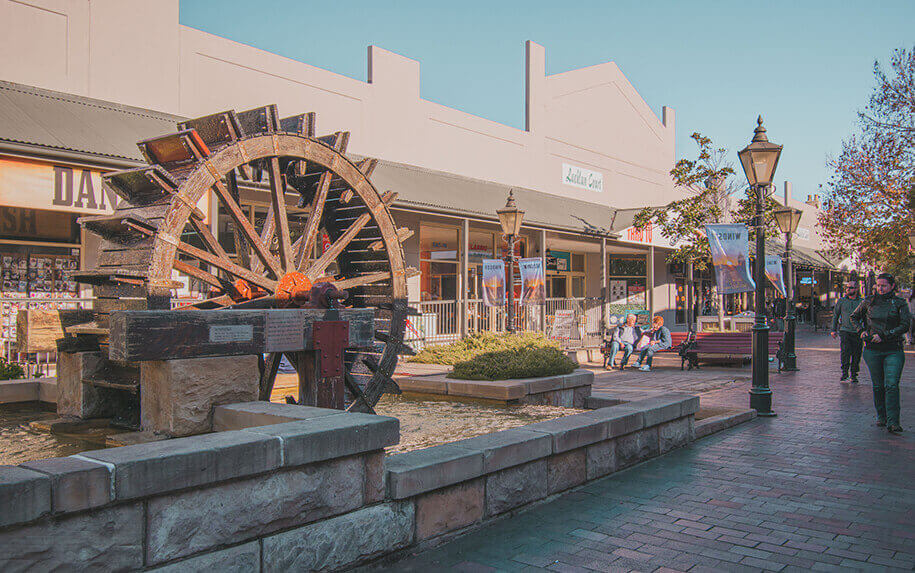
One of Australia’s oldest towns, Windsor, is situated in NSW, northwest of Sydney. There are 1,803 people living in the town, which is located along the banks of the Hawkesbury River. The first European settlers arrived in Windsor, NSW, in 1791, and the community quickly thrived thanks to agricultural use of the river basin’s abundant soils.
Initially known as Green Hills in NSW, the region was eventually given the name Windsor after the English city. A Government and General Order issued by the Government House in Sydney on December 15, 1810, gave the settlement its official recognition. Soon after, Governor Lachlan Macquarie issued an order authorizing the construction of a “Windsor has a comfortable inn. Saint Matthew’s Anglican Church of Windsor by Francis Greenway is the most famous structure from this early era.
When it was reported in 1813 that France would attack the granary in Windsor to cut off the supply of grain to Sydney, people began to understand the significance of the Windsor settlement in NSW. But the invasion never took place. The Windsor area’s population flourished due to its agricultural potential and accessibility by coastal shipping from Sydney. The Hawkesbury River experienced significant silting as a result of the extensive agricultural activity. By the 1890s, this reality caused the shipping lanes from the coast to Windsor to become blocked. However, at that point, the railroad and road had already been built.
Post for you Top 10 most prominent cities to visit in Australia
Kingston
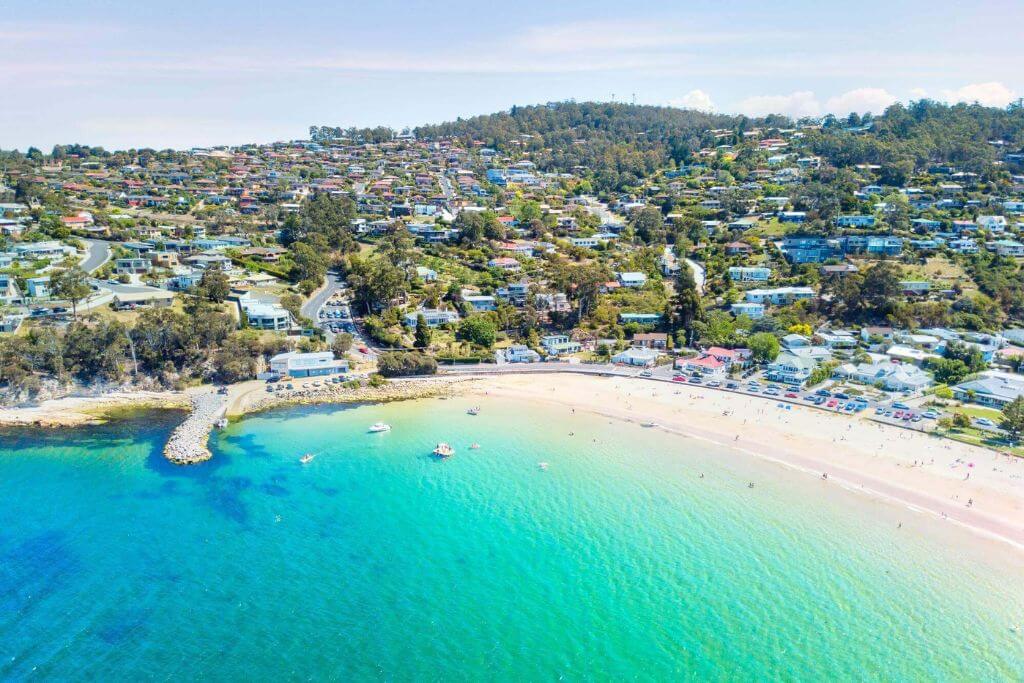
Norfolk Island in Australia has Kingston as its capital. Kingston is regarded as having significant cultural and historical significance due to its status as one of the oldest towns in Australia. On March 6, 1788, Lieutenant Philip Gidley King founded the town. There were 22 first inhabitants, including 9 male and 6 female convicts. On the HMT Supply, a small group had departed from Port Jackson, a recently founded British colony in New South Wales. Kingston was formerly referred to as Sydney Bay or Sidney before being renamed the Town of Sydney in recognition of the British Home Secretary, Viscount Sydney.
At the end of the Kingston Pier, the historic town of Kingston is now a collection of erratic, winding alleyways. The Royal Engineers designed the modern town, which has a grid layout reminiscent of ancient Rome, in the 1830s. Today, the village is a part of the Kingston and Arthurs Vale Historic Area, a UNESCO World Heritage Site that was listed on July 31, 2010.
Parramatta: The Second Oldest City In Australia
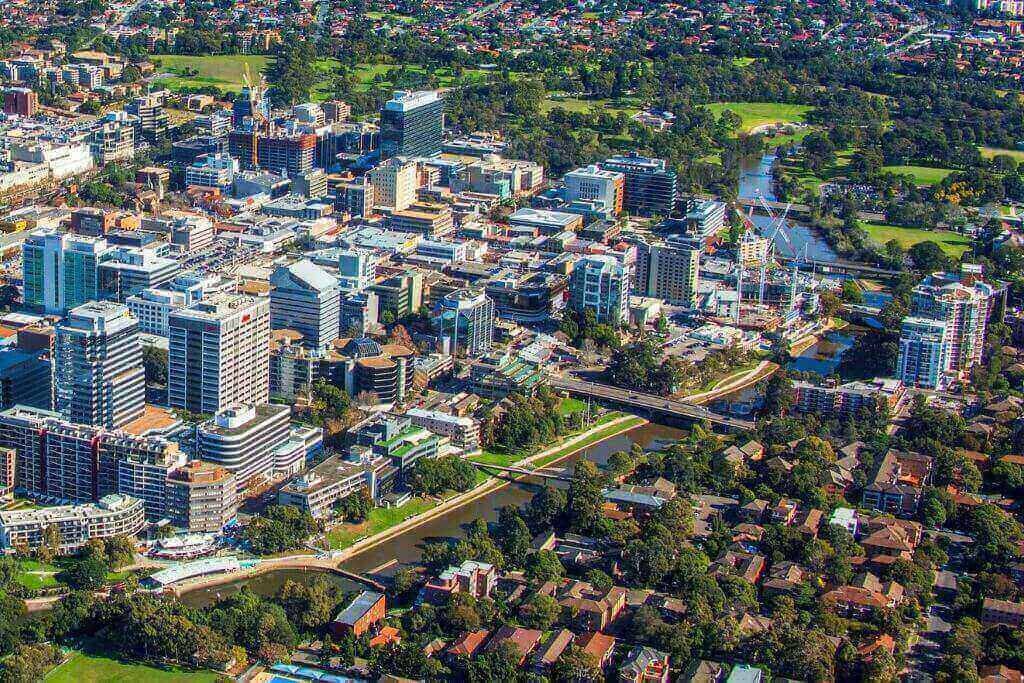
After Sydney, Parramatta is regarded as Australia’s second-earliest European settlement. In 1788, the British established Parramatta and Sydney. The latter is a suburb and a significant commercial center in the Sydney metropolitan area. According to radiocarbon dating data, humans first appeared in Parramatta 30,000 years ago. Before the arrival of the Europeans, the local Darug people called this place home. These people thought the region to be fertile, with plenty of food and water.
Only 10 months separate Parramatta from Sydney as a settlement. They discovered the soil in the bay was too poor to cultivate anything when the convicts and British colonists arrived on the First Fleet at Sydney Cove in January 1788. They required ample food supplies to last them for a long time. Therefore, Governor Arthur Phillip chose the lush Parramatta area as the location to set up a sizable farm. It was situated where the Parramatta River transitioned from saltwater to freshwater. It was also conveniently accessible from the coast via the river.
By November 2, 1788, a settlement had already begun there. Initially known as George Rose, the actual indigenous name of Parramatta was later adopted. Here, Australia’s first grain was grown, which is also where the country’s wool industry started. Here, Governor Arthur Phillip constructed a residence for himself that was later expanded by additional Governors. It is now a historical landmark with a museum known as the Old Government House. It is the nation’s oldest standing public structure. A well-known occurrence also has a connection to Parramatta. In 1803, a murderer who had been given the death penalty miraculously avoided being hanged three times because of unintended events. He was then absolved since it was thought that God had intervened to preserve his life.
Sydney: The Oldest City In Australia

As the first European settlement in Australia, Sydney, the nation’s most populous metropolis and the state capital of New South Wales have a rich history. The city is a thriving metropolis situated on Australia’s east coast. Sydney’s first occupants were indigenous Australians. Around 30,735 years ago, or possibly even earlier, humans began to live here. Around 4,000–8,000 people lived in the region of Sydney before the British conquest.
The first time Europeans and Indigenous Australians interacted was on April 29, 1770, when Lieutenant James Cook landed in Botany Bay. Cook left without settling down but asserted that Britain owned the land. In 1776, Britain made the decision to establish a new prison camp on the territory Cook had discovered. The name was originally “New Albion” but was later altered to “Sydney.” “a tribute to the first Baron Sydney. The first fleet of 11 ships carrying convicts arrived in Sydney on January 18, 1788. 4,300 criminals arrived there in total up until 1792.
Due to inadequate supplies, the newly arrived Europeans starved to death, but the native population was decimated by smallpox that the immigrants carried with them. During this time, there was frequent violence between the locals and the British immigrants. Convict labor was used to build roads, wharves, public buildings, etc. Sydney already had banks by 1822. The town had 35,000 residents, and the last prisoners had arrived by the year 1840.
In 1842, Sydney became the nation’s first city. When gold was discovered in this area in 1851, a period of affluence and significant immigration began. Sydney’s population continued to increase until it reached 1 million in 1925, despite the economic losses experienced during the Great Depression of the 1830s. Since then, the city has prospered and is now a well-established, contemporary metropolis with significant tourist and commercial potential.
Read more Top 6 Canada’s Oldest Cities And What They Are Famous For
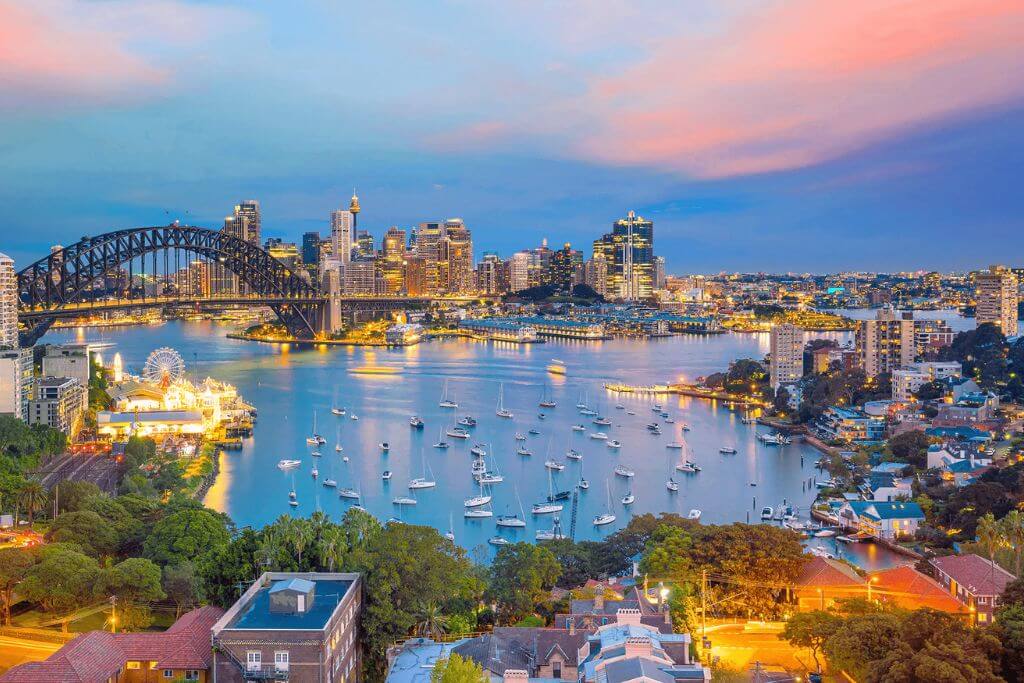
Top site ,.. amazaing post ! Just keep the work on !